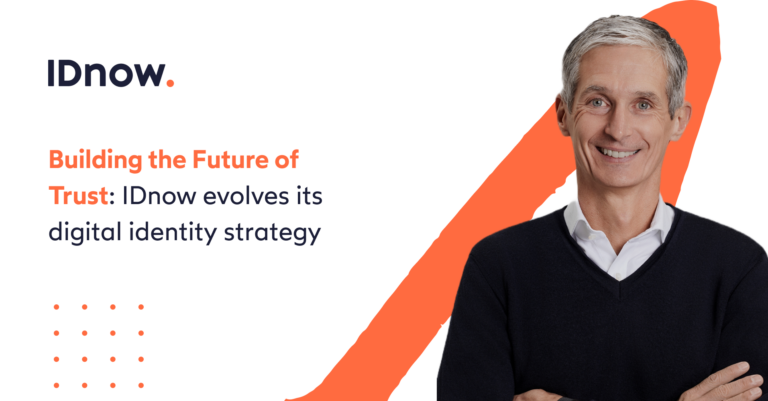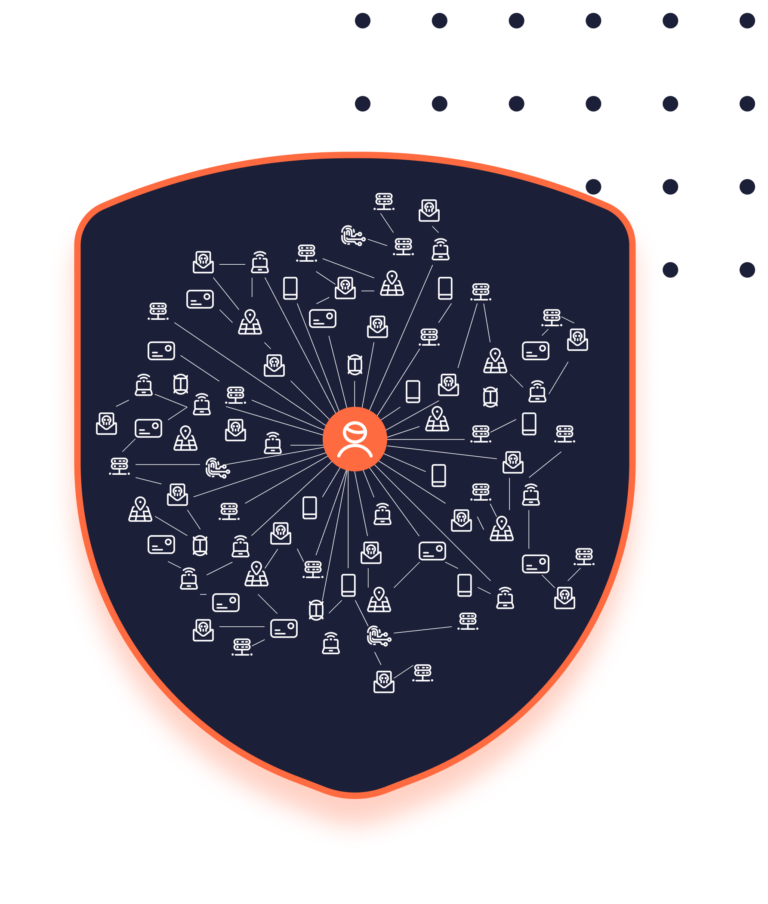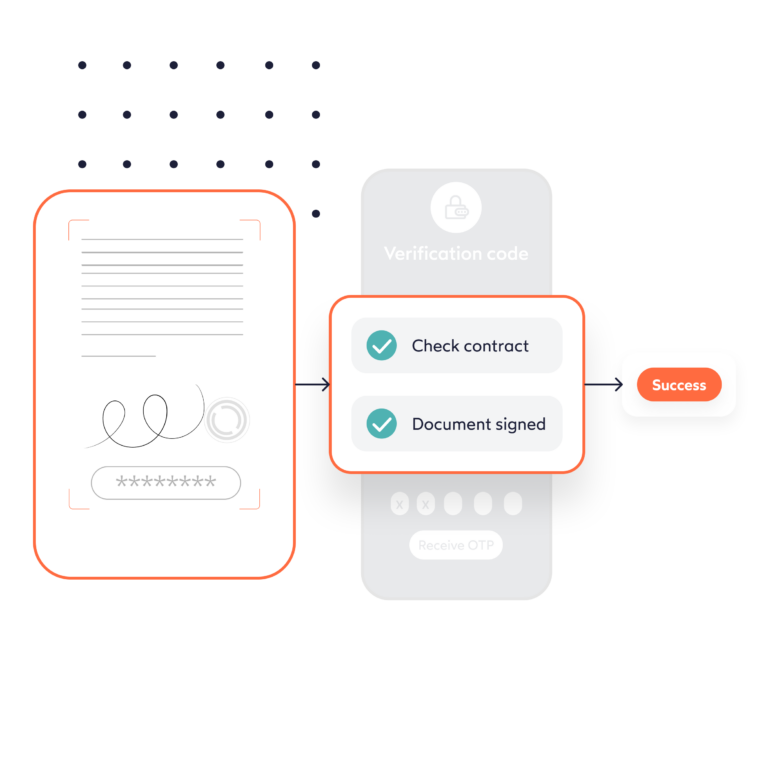What is eSign?
The term “eSigning” is a legally binding method by which you can obtain or give consent to a digital document such as a PDF, similar to a paper signature. The eIDAS Regulation defines the use of electronic signature procedures. It distinguishes between a simple electronic signature, advanced electronic signature and qualified electronic signature. The latter is the most secure variant, as the signature is linked to a personal certificate. In legal terms, it is completely equivalent to a handwritten signature.
The qualified electronic signature (QES) thus allows contracts to be concluded completely digitally. However, for a QES to be legally valid, it must be performed by a certified service provider. With a so-called trust service provider, the signatory must first provide proof of his or her identity before being able to sign documents electronically with the help of a secure certificate. These service providers have in turn been certified by state-approved bodies.
How does e-signing work?
Like handwritten signatures, qualified electronic signatures are unique for each person and therefore forgery-proof. This is achieved through the use of two keys: the private and the public key. The private key can be a code or a password with which the signatory stamps the document they are signing. It is private because nobody but them knows their private key. By signing the document, they are converting the e-signature with the private key into an encrypted numerical code, a so-called hash value.
Now, when sending this stamped document, the person receiving it will want to verify the authenticity of the e-signature and to do so they need to use the public key. This public key is given out by the signatory and allows the decryption of the hash value. Only the correct public key will match the private key and vice versa. Any tampering with the signature will change the hash value and thus render the public key unusable. This highly secure process is used for a multitude of areas that require security, for example WIFI, cryptocurrencies, password storage and many more.
What can I sign electronically?
There are different eSign options for electronic signatures, each with different legal definitions and conditions as well as technical peculiarities for the different electronic signature types. In general, eSigning can be used for all contracts, offers and other documents between two or more contractual partners. All three signature types defined in the eIDAS Regulation are legally binding throughout the EU as long as all contracting parties involved agree to this type of signature.
However, if the law requires a contract and signature to be in writing, only the qualified electronic signature is suitable to replace it digitally. Each jurisdiction reserves the right to exclude certain contracts from this and to continue to require the so-called "wet signature" or "pen-and-ink signature.''
In this regard, the United Kingdom makes validity particularly dependent on whether the parties to the contract had the same intention. Some concerns about the validity of deeds that are signed electronically, thus lacking the eyewitness required under U.K. law, proved to be groundless. A court would consider a contract entered into by two directors of a company using simple electronic signatures with appropriate proof of offer, acceptance, agreed content, intention, and delivery to be a valid method of creating a deed.
Are there documents that cannot be signed digitally?
The answer depends heavily on the country and sector. Most documents that relate to wealth management may be signed digitally, while documents pertaining to property management, lasting powers of attorney or wills are typically considered unfitting for digital signatures, even with the use of a qualified electronic signature.
The British Land Registry has recently begun accepting registration documents signed with a simple electronic signature, as long as specific criteria were met. On the other hand, it is usually advised for documents in which the other party has signed manually to not be mixed with electronic signatures.
How do I create the digital signature?
Advanced electronic signatures (AES) can be created by a large number of providers. Users must first register with these providers and identify themselves once. They then receive the appropriate eSign software from the provider. The signature is assigned an electronic certificate with a personal key and a public verification key. The recipient is sent the public verification key with the signed document. The public key is then used to confirm the authenticity of the secret personal key, thus verifying the identity of the signer. The application is straightforward as long as the technical requirements are met.
The creation of a qualified electronic signature (QES) is fundamentally similar, but has the significant difference that a special certificate must be used and only certain service providers are allowed to issue QES. For this type of signature, customers usually receive a token after successful identification, usually in the form of a USB key or smart card, which the user uses to confirm his identity before signing. This means that special hardware is also required in some cases, such as a card reader. However, some providers, such as IDnow eSign, do so without additional hardware and carry out contract conclusions and the associated identification completely online. In some European countries, the qualified electronic signature can also be linked to the personal ID card.
Why choose to eSign a document?
When deciding to eSign a document one must consider the benefits of such a service. Rather than take the time to go in person to sign a contract, one can do so in a faster, cheaper, more comfortable, and more secure way by signing digitally.
Wait times are over, as e-signatures are approved within minutes and costs are cut since there is no longer a need to mail documents, thus reducing a carbon footprint.
Furthermore, each code is unique and cannot be forged, unlike a regular signature which could be replicated.
Lastly, eSign a document at anytime and from anywhere with services such as IDnow eSign, that allow such flexibility. Your time is precious and we want to provide the convenience you desire.
How does eSign work at IDnow?
For the qualified electronic signature, the signatory must be identified in advance. With IDnow eSign, identification and the subsequent signature take place online only. A video identification process is first initiated via an app or the browser. This requires a valid official photo ID, such as an ID card or passport, and an end device with a camera. Via video chat, the user is connected live to a specialist who then checks the ID document and confirms the user's identity. After successful identification, the customer is taken directly to the contract signing stage. Even without hardware, multiple signatures are possible here. A user can sign several contracts without having to be identified again.



